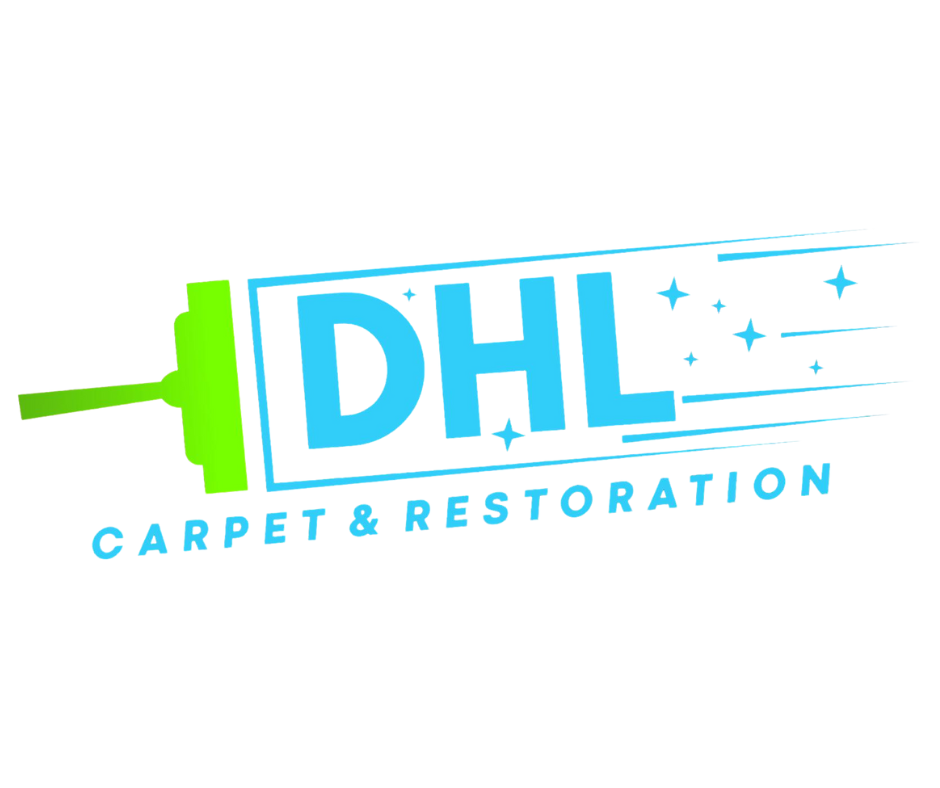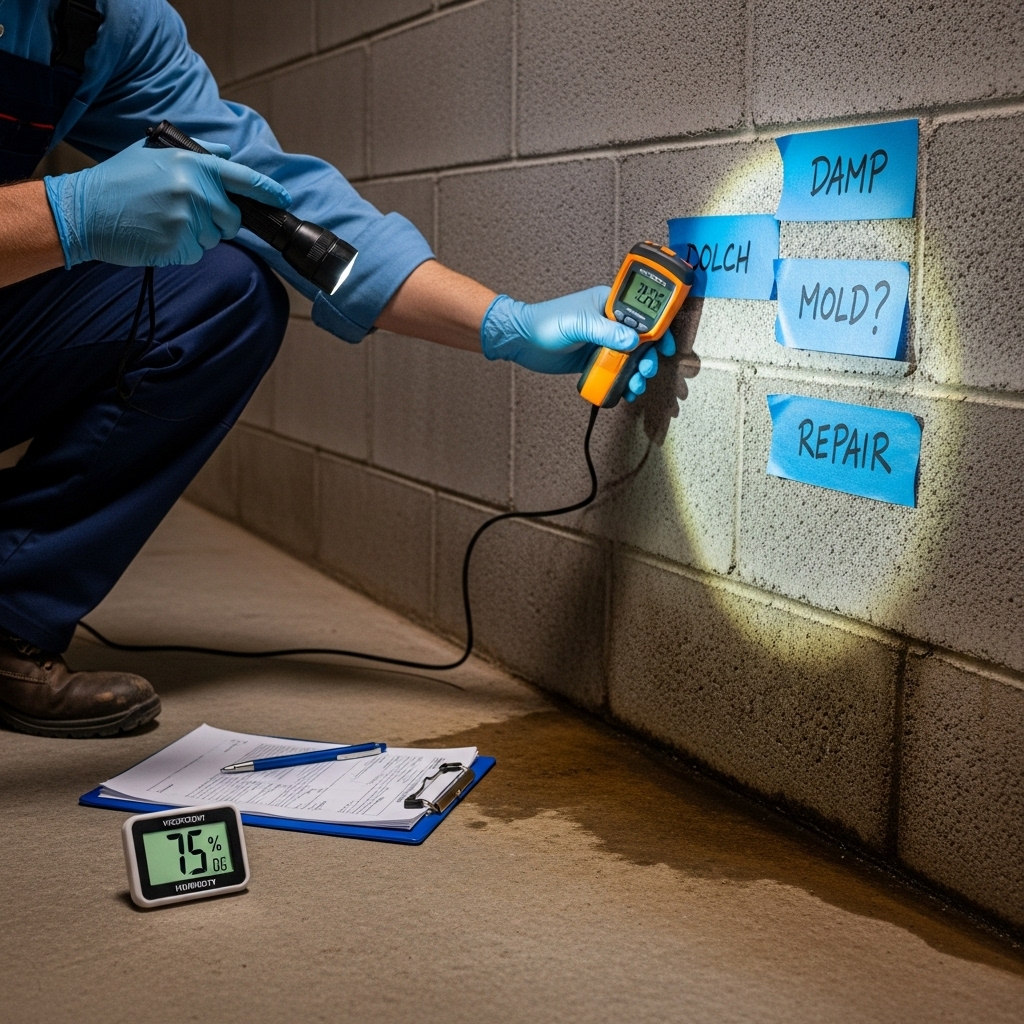Introduction
A thorough inspection is the foundation of every successful cleanup. In New Jersey, where weather swings from humid summers to snow-packed winters and coastal storms, moisture shows up in different ways across the year. This inspection checklist helps you find mold-friendly conditions, prioritize fixes, and plan safe cleanup steps. By following the sequence below, you will identify hidden leaks, evaluate materials, and decide what to clean, what to remove, and how to keep everything dry afterward. Use this guide whether you own a Cape Cod with an unfinished basement, a shore bungalow, or a townhouse with shared walls. To support effective mold removal, start with careful observations and solid documentation.
Carry a notebook, a flashlight, a hygrometer for humidity, a moisture meter if available, and blue painter’s tape for marking problem spots. If you plan to open walls or remove materials later, taking photos now will help you compare before-and-after conditions and assist anyone who helps with remediation.
Exterior Checklist
- Roof and flashing: Check for missing shingles, loose flashing around chimneys and vents, and signs of past leaks in the attic.
- Gutters and downspouts: Confirm they are clean and that downspouts discharge well away from the foundation.
- Grading: Soil should slope away from the home. Low spots near the foundation invite seepage after heavy rain.
- Doors and windows: Inspect caulking, weatherstripping, and sill pans. Look for stains or softness around frames.
- Siding and penetrations: Seal around hose bibs, cable entries, and vent terminations. Wind-driven rain can enter small gaps.
Interior Walkthrough
- Odor survey: Walk room to room and note musty smells, especially in closets, under sinks, and near exterior walls.
- Visual scan: Look for spots, streaks, or bubbling paint on ceilings and walls. Check baseboards for swelling.
- Condensation check: Examine windows and cold pipes for droplets. Persistent condensation is a growth trigger.
- Flooring: Lift edges of carpet or vinyl where safe to check for discoloration or damp padding.
- Ceilings below bathrooms and kitchens: Water stains or soft drywall may signal plumbing leaks.
Basements and Crawl Spaces
Basements in New Jersey often show a mix of humidity and occasional seepage. Inspect corners, slab cracks, and the base of stairwells. Look behind storage racks and along rim joists where insulation may hide growth. In crawl spaces, check the ground surface: is there a vapor barrier? Is it intact and sealed? Are ducts insulated to prevent condensation? These areas benefit from dehumidification, sealed vents depending on design, and careful air sealing at the subfloor to keep musty air from entering living spaces.
Use your meter to compare “dry” readings from a known good area to suspect sections of framing or drywall. Note any differences and track them after a few days of dehumidification to see if they normalize.
Bathrooms and Kitchens
- Exhaust fans: Confirm fans vent outdoors and move air effectively. Hold a tissue at the grille; it should pull firmly.
- Caulking and grout: Gaps near tubs, showers, and backsplashes allow water intrusion. Reseal if cracked or missing.
- Cabinets under sinks: Look for stains, swelling, or musty odor. Check supply lines and traps for leaks.
- Appliances: Inspect dishwasher connections, refrigerator ice lines, and washing machine hoses.
Attics
Attic mold often signals poor ventilation or air leakage from living spaces. Look for discoloration on the underside of roof sheathing, especially near eaves where cold air meets warm, moist air. Ensure baffles keep soffit vents clear, and confirm that bath and kitchen fans do not terminate in the attic. During winter, warm moist air rising into the attic can condense on cold surfaces, fostering growth that is visible in spring.
HVAC and Ventilation
- Filters: Replace dirty filters and consider a higher MERV rating within manufacturer limits.
- Returns and supplies: Check for dust buildup and ensure returns are unobstructed.
- Ductwork: Look for disconnected runs in attics or crawl spaces and seal gaps with appropriate materials.
- Dryer vent: Confirm it exhausts outdoors with a smooth, short path and no leaks.
Documentation and Prioritization
Mark areas with tape, take photos, and categorize findings: immediate leak repairs, short-term drying and cleaning, and long-term prevention projects. This prioritization helps you allocate time and resources effectively. Fix active leaks first, then begin drying and cleaning. Finally, plan upgrades such as better ventilation, improved grading, or sump systems where needed.
Cleaning and Removal Decisions
Once the inspection is complete, decide what to clean and what to remove. Hard, non-porous surfaces usually clean up with detergent and wiping. Semi-porous materials like wood can often be cleaned and dried if they are structurally sound. Porous materials that stayed wet longer than 48 hours—carpet pad, insulation, ceiling tiles—usually need removal. For drywall, small isolated spots may clean if the wall is dry; larger areas are best cut out and replaced neatly.
Safe Work Practices
- Contain the area with plastic sheeting and close doors to avoid spreading dust.
- Wear PPE: gloves, protective eyewear, and a respirator rated for fine particles.
- HEPA vacuum before and after wet cleaning to capture fine debris.
- Apply cleaning solutions to cloths instead of spraying directly to limit aerosolization.
- Bag waste immediately and remove it from the home promptly.
New Jersey Moisture Patterns
In coastal counties, salt-laden air and storm surges create unique moisture paths. In suburban areas, mature trees shed leaves that clog gutters each fall, sending water down siding and into basements. In urban row homes, shared walls and aged masonry can accumulate moisture that shows up as interior staining and efflorescence. Tailor your prevention steps to your setting while keeping humidity inside the recommended 30%–50% range.
Mid-Process Checkpoint
After initial repairs and cleaning, pause for a day or two and measure again. Has humidity dropped? Do musty odors fade when the dehumidifier runs? Are moisture readings falling? If not, revisit potential hidden sources—such as a slow plumbing leak behind a wall, a disconnected bath fan duct in the attic, or groundwater entry along a basement wall. If the problem seems larger than expected, consider professional mold removal to reinforce containment, accelerate drying, and address structural contributors.
Post-Remediation Verification
Verification does not have to be complicated. Look for a clean appearance, reduced or eliminated odors, and stable humidity below 50%. Compare moisture readings to your baseline from unaffected areas. Check that preventive measures—like extended downspouts, repaired caulking, and improved ventilation—are in place and working. Keep a log for a week to confirm stability, then schedule follow-up checks each season.
Seasonal Checklist
- Spring: Inspect roof after severe weather, test sump pump, and clear gutters before thunderstorms.
- Summer: Run dehumidifiers, watch for condensation on pipes and windows, and maintain airflow in basements.
- Fall: Clean gutters again after leaves drop, check grading, and seal exterior penetrations.
- Winter: Use bath fans, prevent ice dams with proper insulation and ventilation, and watch for cold corner condensation indoors.
FAQ
Q: How often should I inspect for mold? A: Do a quick sweep each season and after any leak or storm event. Regular checks catch issues early before they become major projects.
Q: Should I test the air? A: Testing is optional. Thorough inspection, moisture control, and visible cleanliness often provide a practical measure of success. For sensitive occupants or complex cases, consult qualified professionals.
Q: Can I use household cleaners? A: Yes. Mild detergent and careful wiping are effective for many surfaces. Always dry quickly and avoid mixing chemicals.
Q: What humidity is safe? A: Aim for 30%–50%. In New Jersey summers, dehumidifiers in basements are extremely helpful to maintain these levels.
Q: When do I replace materials? A: Porous items that stayed wet more than 48 hours or are structurally damaged are better replaced to prevent recurring growth.
Move Forward with Confidence
With a solid inspection, clear priorities, and steady follow-through, you can reduce risk and keep your home healthy across New Jersey’s changing seasons. If you want added assurance, faster drying, or help addressing stubborn moisture paths, professional mold removal can complement your plan and ensure long-term results without guesswork.

